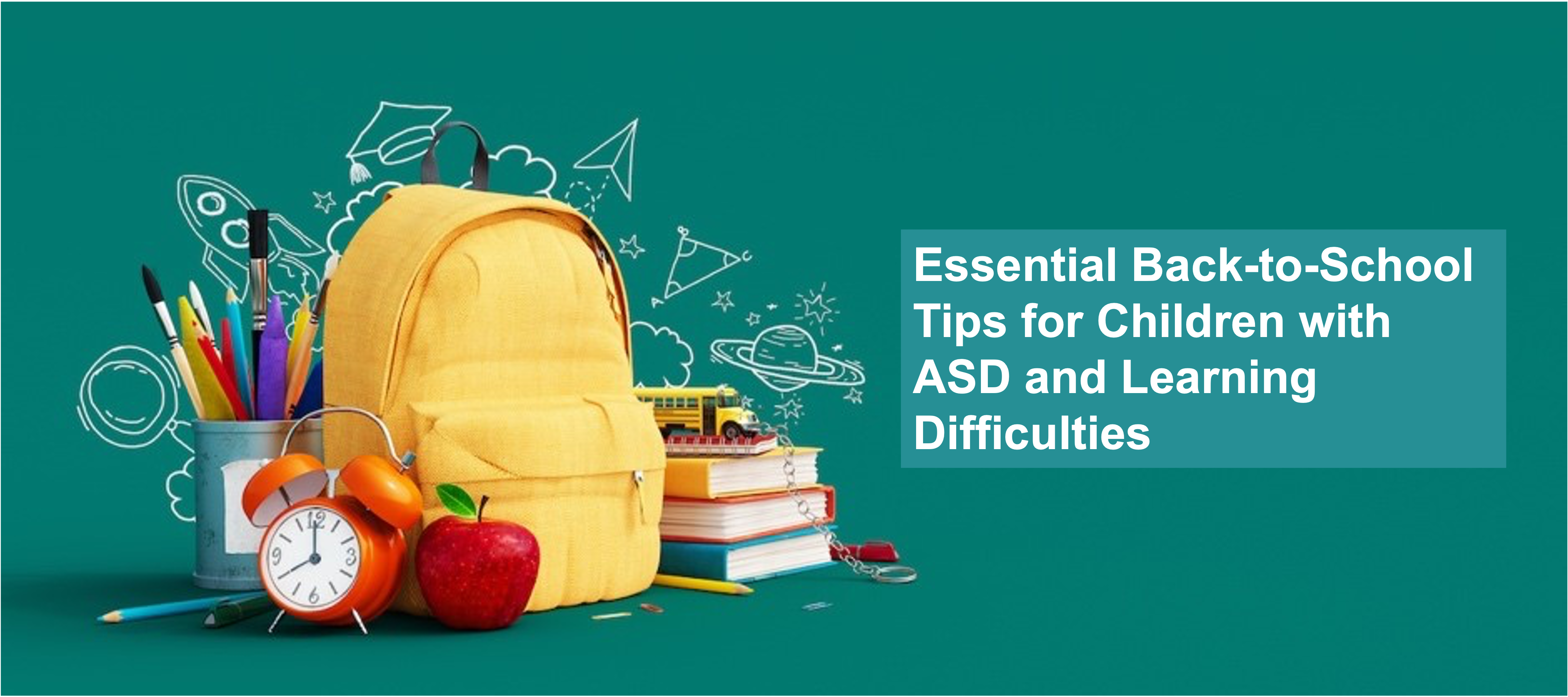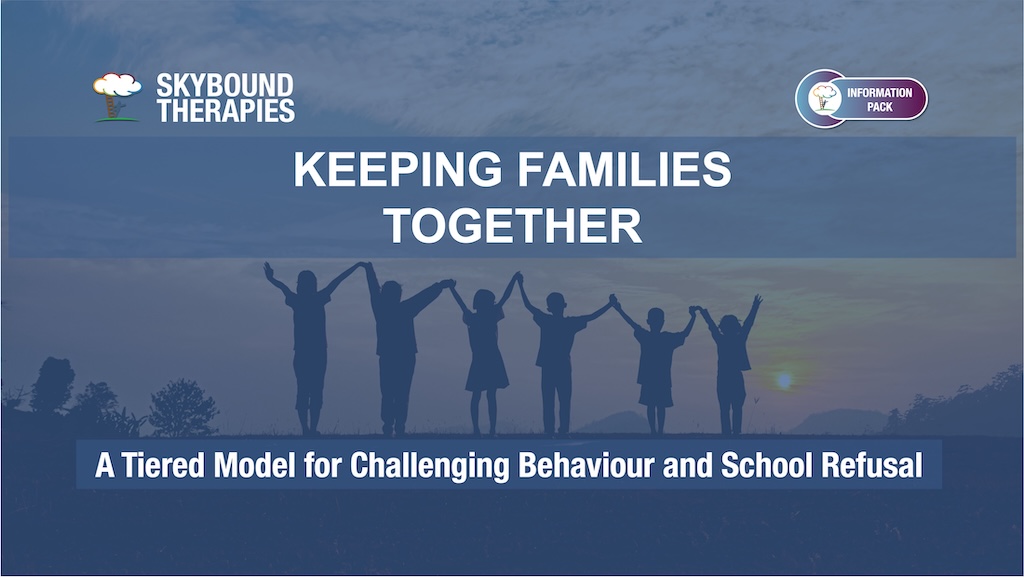Transitioning back to school after the holidays can pose challenges, particularly for youngsters with ASD. Here are my top tips to support you and your child as they embark on the new school term.
1. Introduce routines
Show them how their day may look in school and help them create a schedule for their activities. This visual aid could accompany them to school and be divided into sections throughout the day. This would be best implemented at home for practice within your daily routine, such as:
- get up
- have breakfast
- wash yourself
- clean your teeth
- get dressed
- brush your hair
- a rewarding activity (reinforcer) before you go to school (watch your favourite show or play favourite game)
- go to school
Practice these routines consistently in advance so it is not brand new on the first school day. (Some great resources for this are ‘Now and Next’ boards, ‘Now/next and then’ boards or the Choiceworks app).
2. Foster a sense of time
Incorporating the use of timers into the day is a great way to help familiarise them with how long the school day will be. Use throughout the holidays when doing fun activities. Begin the timer when the activity starts and tell them how long they will be doing this for. This will get them used to timers and engaging in activities for a specific length of time. It’s important to make timers fun by using them with fun activities as well as daily routines.
3. Positive reinforcement
Reinforce with your child’s favourite things for the first day back, once they arrive at school and when they go in. This will depend on the individual but could include small edible treats and featuring their favourite snack in their lunchbox or snack bag. Don’t forget to set up a reinforcement system for when they finish their first day. After returning home, a trip to their preferred park or play centre or indulging in a special treat can serve as an incentive.
4. Display a calendar
Calendars and visuals often help our children understand the passage of time, easing anticipation of the start of the school year and potentially alleviating their anxiety. Show how many days until school starts and, just as importantly, show how many days until the weekend once they are back. Make it fun by allowing them to cross days off and by adding special occasions such as Christmas, birthdays and school holidays.
5. Get ahead of the game with uniform
Allow your child to try on their uniform and include pictures of uniform and school items on the calendar. This helps them anticipate what the first day will bring. Engage in conversations about wearing their new school uniform and make it an exciting thing for them. Wash uniform in advance so that the new crisp feeling or new smell is not there, making it feel more comfortable and familiar. This can also help bring out any sensory issues in advance, rather than trying to deal with them on the day. You could also combine with the timer to play a ‘how quickly can you get your uniform on’ game. This will help with planning the ‘get dressed’ part of your morning routine.
6. Familiarisation
It might seem like a long time since you took a tour of the new school. If the school has a website or online presence, take the opportunity to showcase the school to your child virtually. If available, introduce them to their class and teacher through the school’s website.
7. Create social stories
Social stories support children by creating narratives that illustrate situations and how to deal with them. Knowing what to expect and having a plan in place on the first day can be really helpful. Tailor the social story to the needs of your child and their specific school routine. Your child may need more than one social story. Some examples of social story subjects might be the journey to school, what to expect at lunchtime or how to ask for a toilet break. There are lots of online resources to help with this and incorporating photos of your child or generic school-related images can also be quite helpful.
8. Talk about it
If your child is able to, engage in conversation about feelings and give opportunities for your child to tell you how they are feeling about going back to school. If they are nervous, you can engage in mindful exercises such as deep breathing techniques together. A skill that can transfer into school if needed. If they are excited, you can discuss all of the things they may be doing in school.
9. Try to relax
Be calm yourself, if you are anxious, try your best to not show it. Our children pick up on the feelings of other people, especially their parents’. It’s important to convey that returning to school is a positive and exciting prospect for them.





